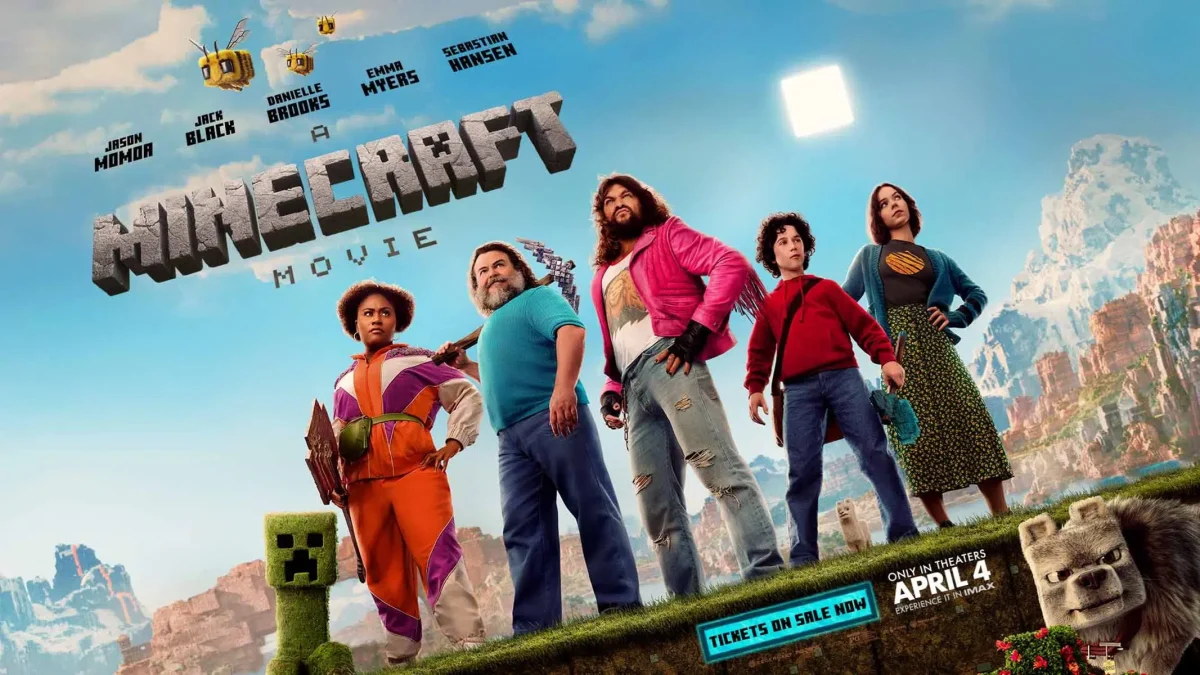“The Godfather” and “Scarface” painted the life of a gangster as dark and wicked, yet undeniably cool. Director Matteo Garrone must have felt disillusioned by such a presentation, for in “Gomorrah” he fixes the genre’s stereotype by exposing the lives of these drug-selling mobsters as what they really are––brutal, cold-hearted, and short-lived.
Roberto Saviano, a journalist who wrote the screenplay and book from which “Gomorrah” is based, is now under police protection for his vigorous exposé on the Camorra: one of Italy’s oldest criminal organizations. Since the film had such a detailed, realistic screenplay to work with, “Gomorrah” elucidates Neapolitan drug trafficking with powerful objectivity.
Gorrone, therefore, did not paint the gangsters as cool and wicked, for he did not paint them at all. In order to accommodate the true events on which the film is based, the filmmakers shot the scenes with almost entirely natural lighting, completely in contrast to its genre’s shadowy predecessors.
Audiences cannot mistake this gangster masterpiece with a documentary––there is too much drama and carefully planned cinematography for it to be considered one. The film intertwines five different subplots, most of which focus on the drug war in the area.
Two rival factions of the Camorra fight over territory, killing hundreds of people to assert control. One storyline personalizes the entire situation by following an innocent 13-year-old kid, Toto (Nicolo Manta) who gets sucked into the war, first becoming a drug-runner and later partaking in murder. Two other adolescent boys, Marco (Marco Macor) and Ciro (Ciro Petrone), strive desperately to be gangsters: stealing guns, carrying out hold-ups, buying drugs, and going to strip clubs, all to fit an unattainable, corrupt image.
The film, therefore, develops themes outside even those pertaining to the evils of drug trafficking; it shows young people’s desperate search for respect and love and boys’ ascent into manhood –– an evil manhood, connected to murder and drug dealing. The other subplots focus on a variety of issues, ranging from the illegal dumping of toxic waste that goes on in Naples to the dressmaking that helps fund the drug-lords.
Thus, the film hits all aspects of Naples’s drug trade, and it touches on them beautifully as well, for the cinematography amplifies the storylines in the best of all possible ways. The cinematographers are absolutely precise, carefully placing people in certain parts of the frames to demonstrate who has the power in the situation, using long shots of the Neapolitan scenery to their advantage, and never shying away from showing bloody carnage.
The perfected cinematography and heartrending storylines make “Gomorrah” an instant classic, bringing us all into a world of gangsters in which the rules of the jungle prevail and humanity is at its worst.




































![Teacher Lore: Mr. Hillman [Podcast]](https://bsmknighterrant.org/wp-content/uploads/2025/03/teacherlorelogo-1200x685.png)




